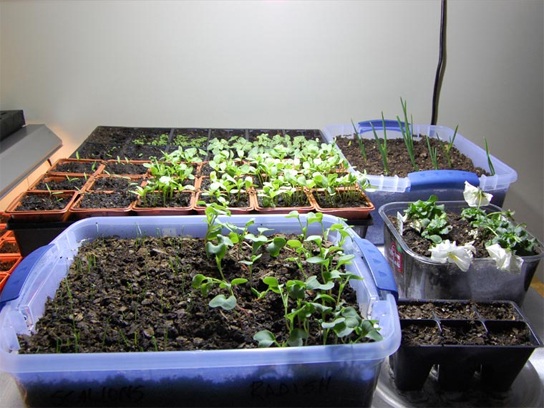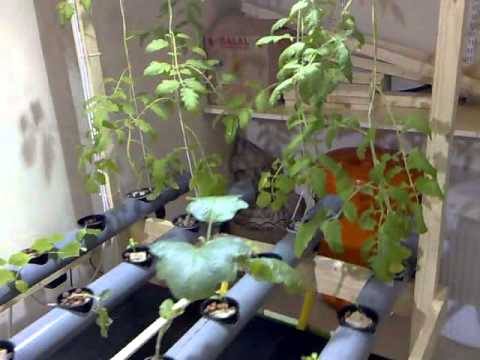Living walls or green walls are self-sufficient vertical gardens which are connected to the outside or inside of a house or building.
They are distinct from green façades (e.g. ivy walls) because the vegetation root in a structural support that is attached to the wall surface itself. The vegetation obtain water and nutrients from inside the vertical support rather than from the soil. In a way, it could be considered a hybrid hydroponic soil growing system
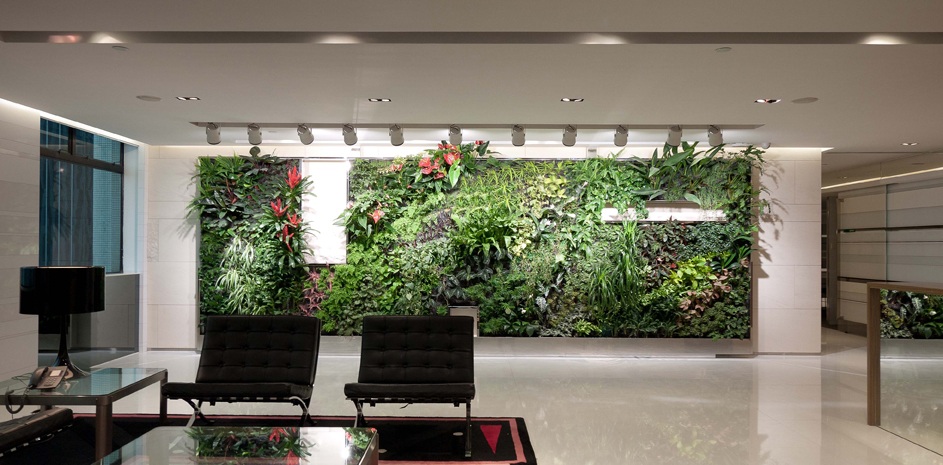
A living wall is a wall partially or totally enclosed in plants containing a growing medium, for example soil. Many green walls also have a built-in water supply system. Green walls can also be known as living walls or vertical gardens.
It is important to differentiate living walls from living facades. Green walls possess growing media supported on the front of the wall surface, while green facades have top soil limited to the bottom of the wall (in a container or in ground) and help support climbing plants on the face of the wall structure to create the green, or vegetated, facade. Living walls may be indoors or outside, freestanding or attached to an existing wall.
Green Facade vs Living Wall
Green facades are plants that climb or are hanging along the walls from growing plants at the base or an installed container. Plants can grow upward or downward. There are two classifications to green facades: direct and indirect.
Direct green facades are attached to the wall while indirect green facades incorporates a structure that will support it for plants. Indirect green facades include two different solutions: continuous and modular. Modular and continuous systems secure the living wall and further protect so it can hold itself from the changing weather.
Living walls have a uniform way of growing plants. There is more technology and installation involved. The solutions of continuous and modular also apply to living walls where continuous living walls are based on one support system that guides vegetation through the whole surface.
They have permeable screens where each plant is individually put in and in the application is lightweight. Modular green facades have vessels for rooting plants and come in forms such as trays, vessels, planter tiles, or flexible bags
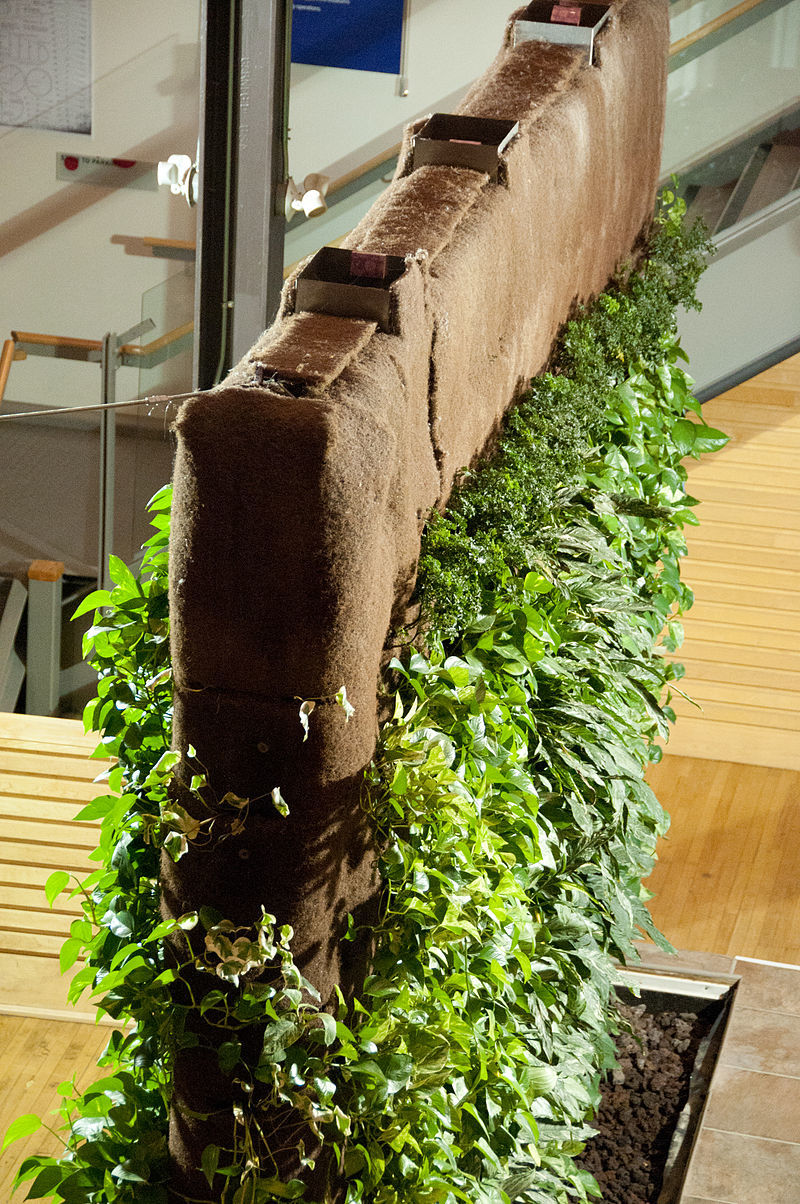
What makes living walls attractive to people want to go off the grid is that they can be used on any wall which gets sunlight. For apartment dwellers, condo owners, or people in townhouses this can be a way to have a living vegetable garden inside your own home.
Another positive aspect is living plants purify the air around you. You can plant lavender or other aromatic herbs and literally fill your surroundings with the smell of fresh flowers all year around.
The last advantage is they are beautiful. You can plant flowers between vegetable bearing plants. You can create living works of art.
They aren’t hard, or expensive to build. I’ll have an entire section in the membership side of this website devoted to building living walls. They are a great method of urban homesteading
Obviously root vegetables, potatoes, radishes, carrots, etc., won’t do well, but leafy vegetables do great and you can literally create a healthy salad picking your produce off your kitchen wall!
Types of Living walls
Mat Media
Mat type systems tend to be either coir fiber or felt mats. These systems are best used on the interior of a building. Mat media are better suited for small installations no more than eight feet in height where repairs are easily completed.
Sheet Media
Semi-open cell polyurethane sheet media utilizing an egg crate pattern has successfully been used in recent years for both outdoor roof gardens and vertical walls.
Structural Media
Structural media are growth medium "blocks" that are not loose, nor mats, but which incorporate the best features of both into a block that can be manufactured into various sizes, shapes and thicknesses. These media have the advantage that they do not break down for 10 to 15 years, can be made to have a higher or lower water holding capacity depending on the plant selection for the wall,
Functions:
Green walls are located usually in urban surroundings where the plants decrease overall temperatures of the building.
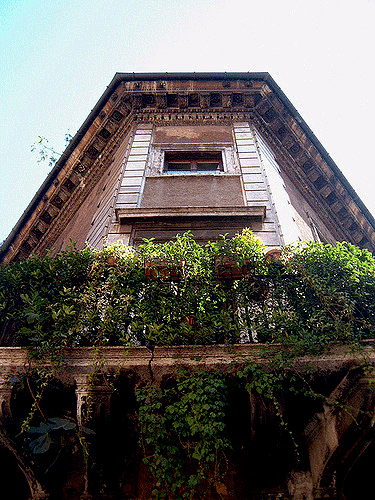
Living walls are often a way for water recycling. The flowers might cleanse somewhat dirty water (for example greywater) through soaking up the dissolved nutrients.
Bacteria mineralize the organic and natural elements so they are accessible to the vegetation. An analysis is ongoing at the Bertschi School in Seattle, Washington employing a GSky Pro Wall system, however, no publicly published information on this can be obtained currently.
Living walls are especially suited to metropolitan areas, since they permit good use of available vertical surface locations.
They're also appropriate in dry areas, as the circulating water on a vertical wall is less inclined to evaporate than in horizontal home gardens.
The living wall may also give good results for urban agriculture, urban gardening, or for its natural beauty as art. Frequently it's constructed indoors to help reduce sick building syndrome.
Living walls are also recognized for remediation of poor quality of air, both to inner and outer locations.
Plants

Plants need to be close together in order to look good. The right plants need to be chosen for the right places because the ones with disease can contaminate others surrounding it. In order to have a wall growing all year round, 95 percent of the plants need to be evergreen. Perennials are best for seasonal green walls. It is necessary to choose plants that can withstand disease since replacement is costly.
There are specific plants best suited in different environments. Different plants for shade, sun, windy, and a combination will need to be considered for longer a lifespan. The lifespan of plants will need to be considered when assessing long term green walls. Regular maintenance, the right places, and the right plants are needed to sustain a living wall. Pruning dead plants and weeds will keep the wall healthy and gaps need to be filled.
Herbs
Basil, Bay, Caraway, Chamomile, Chives, Coriander, Curry plant, Dill, Lavender, Lemon balm, Lemongrass, Marjoram, Mint, Oregano, Parsley, Rosemary, Sage, Sorrel Tarragon, Thyme.
Edible plants
Chard, Cherry tomatoes, Dwarf cabbages, English spinach, Lettuces, Radishes, Rocket, Silverbeet, Small Chillies, Strawberries, Watercress...etc.
Plants for sun
Achillea Acorus, Armeria maritima, Bergenia, Bidens, Calamintha nepeta, Carex, Convolvulus cneorum, Erica, Geranium, Lavender, Liriope, Pansy, Rosemary, Sedum, Solidago, Thyme, Westringia...etc.
Plants for shade
Adiantum, Asplenium, Begonia, Bergenia, Chlorophytum comosum, Erica, Euphorbia, Heuchera, Polystichum, Snowdrop...etc.A living wall can add color, clean the air, as well as provide food. Win/win/win.
You Also Might Be Interested in...
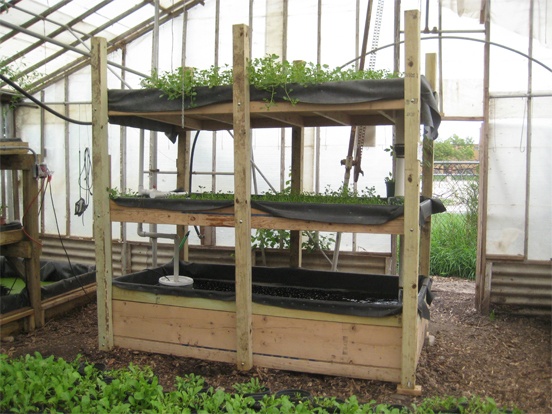
Aquaponic is a marriage between fish farming and hydroponics. Protein and vegetables in one unit
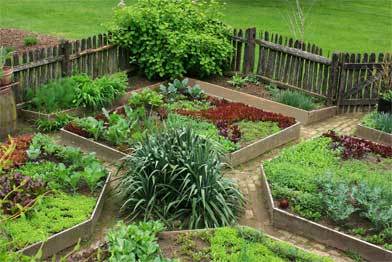
With urban gardening you can transform even the smallest piece of land into a food farm for your family.
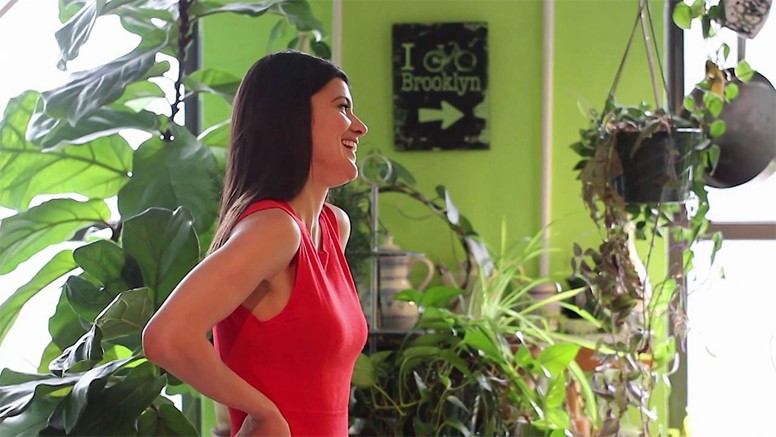
With vertical gardening you can create a garden, inside or outside, anywhere you have a sunlit wall.


